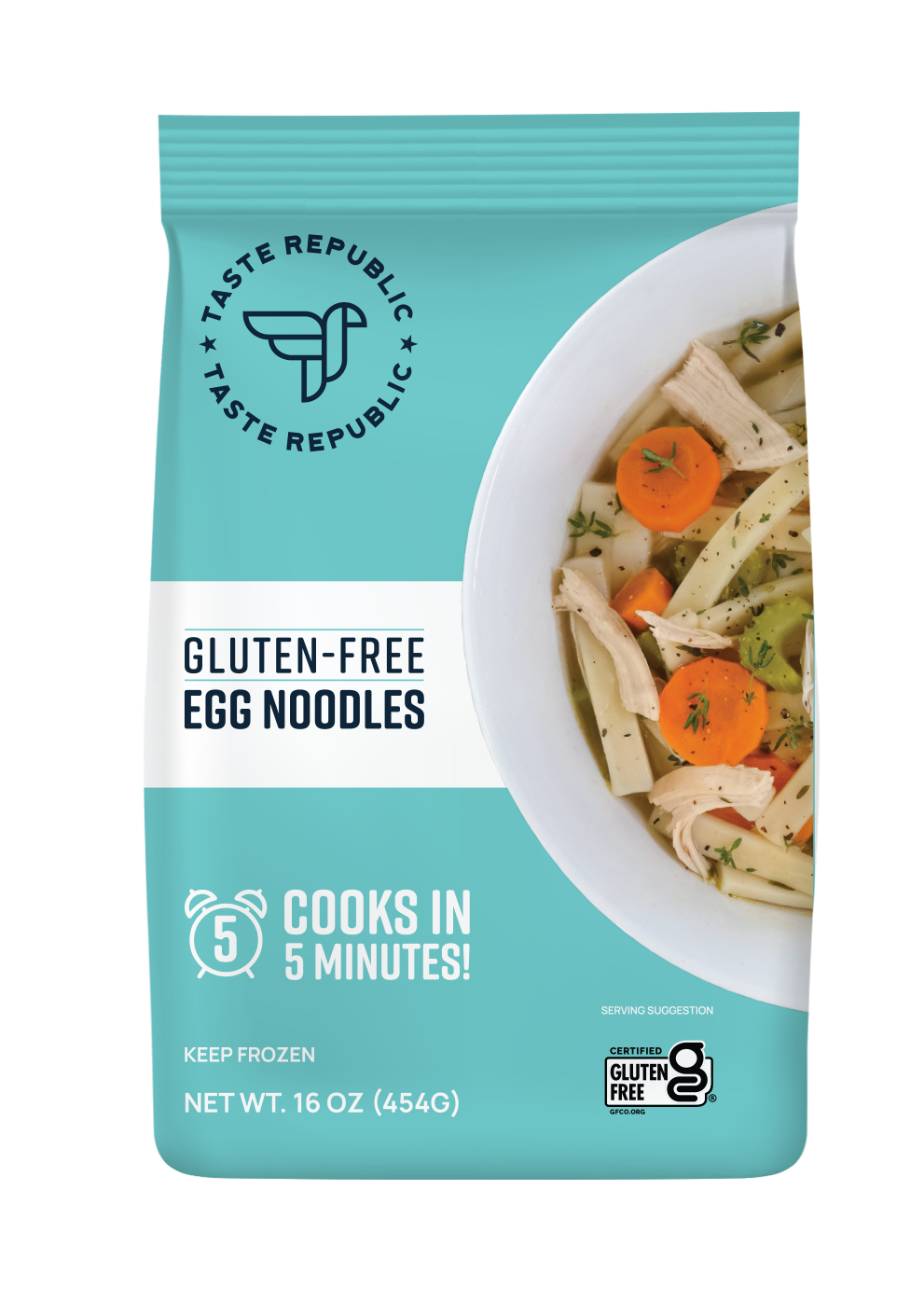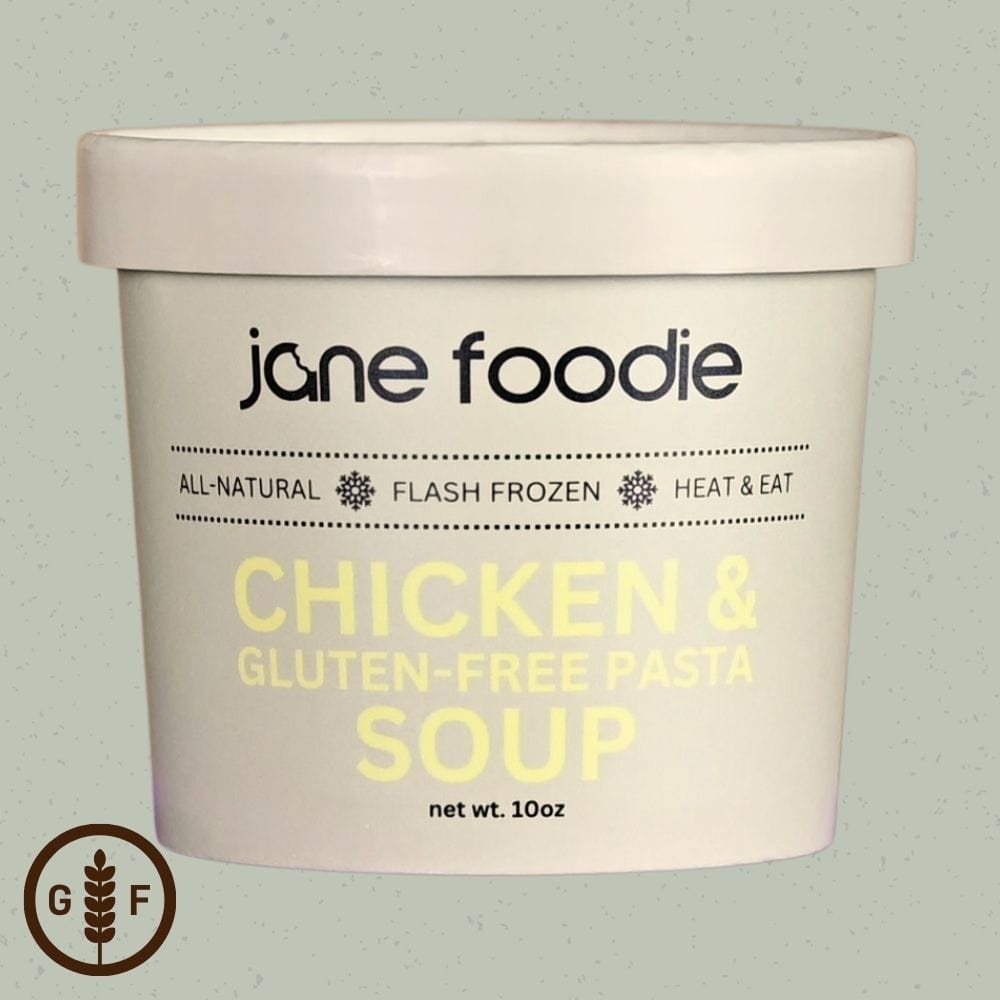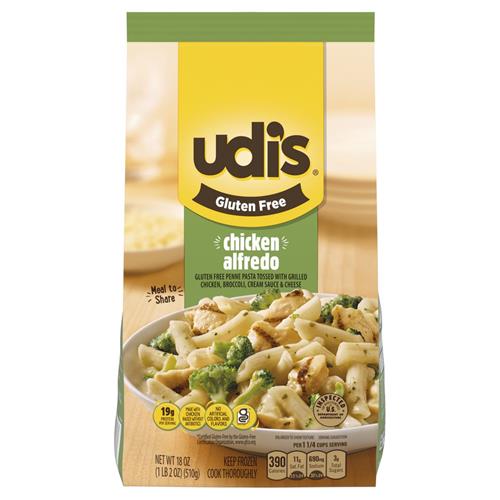Imagine preparing a delicious gluten-free pasta dish, only to realize you’ve made way too much. You might wonder, can you freeze gluten-free pasta to enjoy later?
You’re not alone in this culinary conundrum. Many of us face the challenge of preserving the delightful flavors and textures of gluten-free pasta without compromising its quality. Freezing could be the solution, but is it truly effective for gluten-free varieties?
Dive into this article to discover the secrets of freezing gluten-free pasta successfully. You’ll learn tips and tricks that will save you time and prevent waste, ensuring your pasta retains its taste and texture when you’re ready to enjoy it. Whether you’re looking to simplify your meal prep or avoid throwing away leftovers, understanding the intricacies of freezing gluten-free pasta can transform your cooking experience. Keep reading to uncover these essential insights and enhance your kitchen prowess!
Table of Contents
Freezing Gluten Free Pasta Basics
Freezing gluten free pasta is possible. It’s a great way to save leftovers. Always cook the pasta first. Cook until slightly firm. This helps it stay good during freezing. After cooking, let it cool down. This prevents ice crystals. Ice crystals can ruin the pasta texture. Store pasta in airtight containers. This keeps it fresh and tasty. Label the containers with the date. This helps track the storage time.
Pasta can stay in the freezer for up to 3 months. Longer storage may affect the taste. Defrost the pasta in the fridge before reheating. This helps keep its texture. Reheat gently in a pan or microwave. Add a little water or sauce. This keeps it from drying out. Enjoy your pasta like it’s freshly cooked!

Credit: tasterepublic.com
Preparation Before Freezing
Cook gluten free pasta to a firm texture. Overcooked pasta becomes mushy. A firm texture helps it hold up in the freezer. Use plenty of water when boiling. This keeps the pasta from sticking. Add a small amount of salt for taste.
Drain pasta well after cooking. Water can cause ice crystals. Let the pasta cool completely. Do not rush this step. Use a fan or room air to speed up cooling. Spread pasta on a flat surface. This helps it dry evenly.
Proper Storage Techniques
Choosing the right container is very important. Airtight containers keep pasta fresh. They stop air from getting in. This helps pasta last longer. Glass or plastic containers work well. Bags with zippers are also good. Always check the seal. A good seal keeps pasta safe.
Portioning pasta makes cooking easy. Divide pasta into small portions before freezing. This way, take only what you need. It saves time. No need to thaw all at once. Label each portion with a date. This helps you know how old it is. Use the oldest pasta first.
Thawing Process
Always thaw gluten free pastaslowly for the best taste. Place the frozen pasta in the fridge overnight. This keeps the pasta firm. Quick thawing can make it mushy. Another method is placing it in cold water. Change the water every 30 minutes. Make sure to use this method if you’re in a hurry.
Avoid mushiness by not overcooking the pasta. Cook it al dentebefore freezing. It should be firm to the bite. Once thawed, reheat it gently. Use a saucepan with a bit of water. Stir slowly to keep it from sticking. Never use high heat. This prevents the pasta from becoming too soft.
Reheating Gluten Free Pasta
Gluten-free pasta can be tricky to reheat. Using the stove top is a good choice. Add a bit of water or broth to the pan. Heat the pasta slowly. Stir often to avoid sticking. The pasta should be steaming hot. Avoid high heat to keep the pasta soft. Low heat works best.
Microwaves are quick and easy. Place pasta in a microwave-safe bowl. Add a splash of water to keep it moist. Cover the bowl with a lid or plastic wrap. Heat in short bursts. Stir between each burst. This helps the pasta heat evenly. Check the pasta’s temperature carefully. Make sure it’s hot all the way through.

Credit: www.janefoodie.com
Taste And Texture Considerations
Gluten free pasta can lose flavor in the freezer. Freezing might dull the taste. Adding a little sauce helps keep its flavor. Use strong sauces like tomato or cheese. This can make it taste better. Avoid freezing pasta with delicate herbs. They might lose their taste. Spices can help maintain flavor. A small sprinkle can go a long way.
Freezing can change the texture of gluten free pasta. It might become mushy. This happens because of the moisture. Pasta gets soft when thawed. Cooking it al dente helps. A little firmness is good. Avoid overcooking before freezing. This keeps it from getting too soft. Proper storage is important. Use airtight containers to protect it.
Alternative Preservation Methods
Freezing gluten-free pasta can be an effective preservation method. Ensure it is fully cooked and cooled before freezing. This helps maintain its texture and flavor for future meals.
Vacuum Sealing
Vacuum sealingis a great way to keep pasta fresh. It removes air from the bag. This helps the pasta last longer. You need a special machine to do this. It is easy to use. Just put the pasta in the bag. Then, use the machine to suck out the air. Seal the bag tight. Store it in the freezer or pantry. The pasta stays fresh for weeks.
Drying And Storing
Drying pastais another good method. Lay the pasta on a clean towel. Let it dry for a few hours. Make sure it is completely dry. Once dry, place it in an airtight container. Store it in a cool, dry place. This keeps the pasta from spoiling. It can stay fresh for months. Always check for mold before using.

Credit: www.udisglutenfree.com
Conclusion
Freezing gluten-free pasta can be tricky. Texture may change after thawing. For best results, cook it al dente. Store in airtight containers to prevent freezer burn. Label the date for freshness tracking. Reheat gently to avoid mushiness. Experiment with different brands for better outcomes.
Always taste before serving to ensure quality. With these tips, you can extend pasta’s shelf life. Enjoy your gluten-free meals anytime!

I am Brianna, a self-published author with a passion for sharing my knowledge and expertise on various topics with people looking to find the perfect items for their needs. I love ensuring that the right informative content is available to people looking for the right information. I am an avid horseback rider and reader when I am not writing.
Follow me on Facebook, TikTok, or Personal Blog.